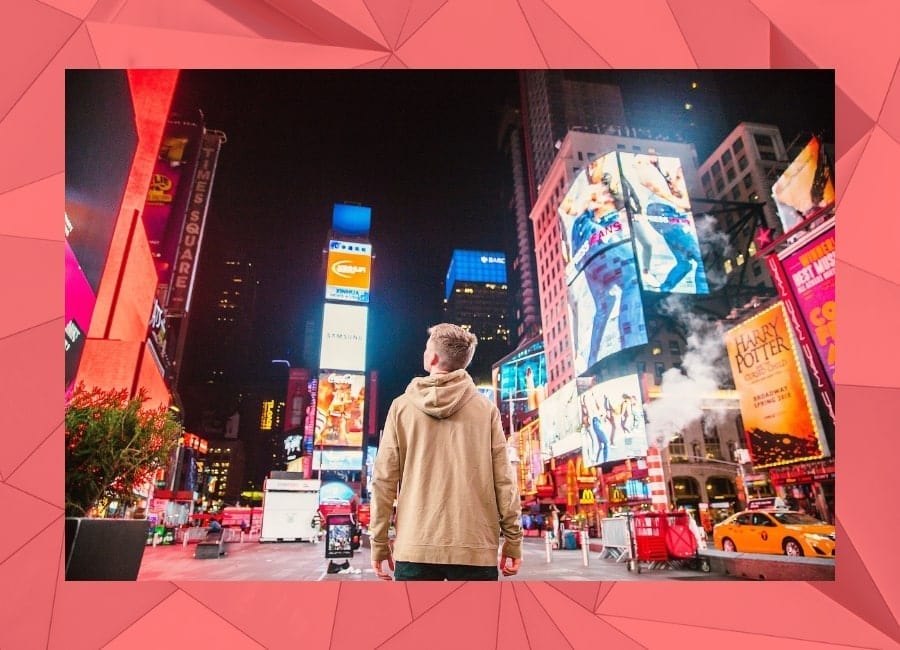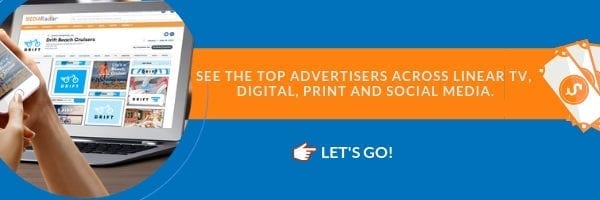To combat the risk of navel-gazing in the advertising market, MediaRadar has spent the last couple of months addressing direct to consumer (DTC) brands and their impact on ad sales.
It’s clear many of these brands are already disruptors, but the proof is in the pudding. This week, MediaRadar identified the top five DTC brands by ad spend over the past 15 months:
- SmileDirectClub
- Peloton
- Leesa Sleep
- 23andMe
- Stitch Fix
Collectively, these DTC brands spent $650 million from January 2018 to March 2019.
Equal parts surprising and unsurprising is that all but one of these top five DTC advertisers put the majority of their budget to TV (Stitch Fix’s largest portion went to digital efforts).
The disproportionate growth in TV spend is surprising given our past research on DTC brands as natives of the digital world. But it’s unsurprising given that, as a segment, DTC is starting to include TV in its marketing mix. These major spenders reflect that shift.
In fact, TV advertising for DTC brands has doubled in the past three years. DTC brands are increasingly turning to TV and other more traditional advertising methods as their reach hits a wall for digital programmatic advertising. “It’s a natural move for the growing brands which, in their quest for larger audiences, are finding it too expensive to rely solely on the social channels they used to build their businesses,” writes Caroline Cakebread at eMarketer.
SmileDirectClub: Over $100 million
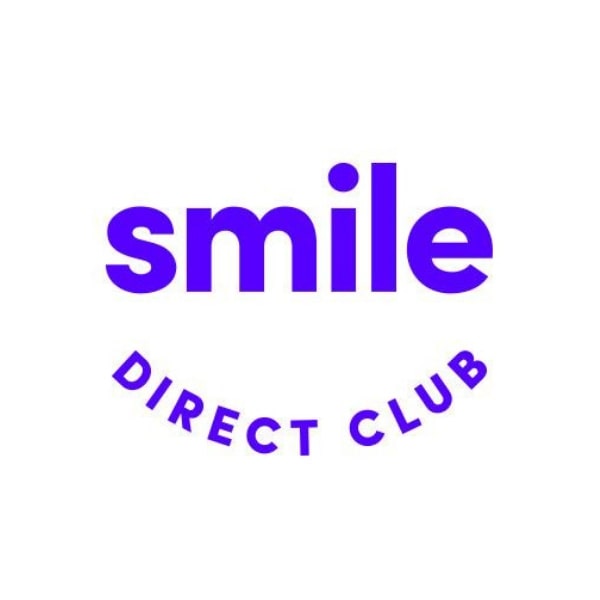
SmileDirectClub offers a DTC alternative to transparent aligners (or Invisalign, for the generic version). From interviewing young adults about the horrors of childhood braces to addressing the confidence you feel from a great smile, the brand has its bases covered when it comes to appeal.
The increased spending over the past year is certainly warranted. Diana Pearl at AdWeek reports that SmileDirectClub hit a milestone of 500,000 customers and has over 200 retail locations (where customers can get their teeth scanned for the product). “They’ve found a nice way through logos, names and colors to make their product very relevant and appealing to the masses, removing any of the scaries that are associated with the traditional orthodontist,” says Ryan Goff, CMO of marketing agency MGH, in the AdWeek article.
Peloton: Over $100 million
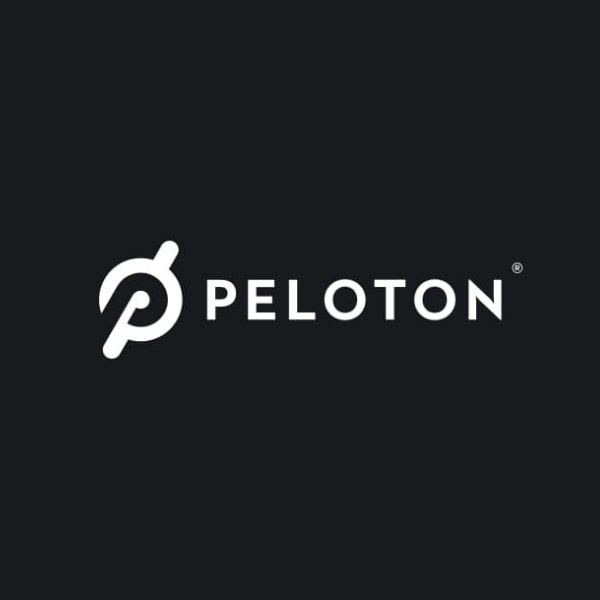
Exercise-oriented DTC brand Peloton has built its customer base by offering both a stationary bike and access to training videos to go with it for a monthly, APR-free fee. “Game-changing cardio comes home,” reads the catchphrase.
Peloton spent 5 percent of the total TV ad spend in the DTC group in 2018. A big portion of that was a 6 month TV campaign aimed at expanding to new markets. Our challenge was, how can we demonstrate what Peloton is in a way that feels authentic and gets across the message about Peloton and how it works, while maintaining the energy we think the product delivers and the brand has,” says Kevin Cornils, managing director for international at Peloton.
Leesa Sleep: Under $100 million
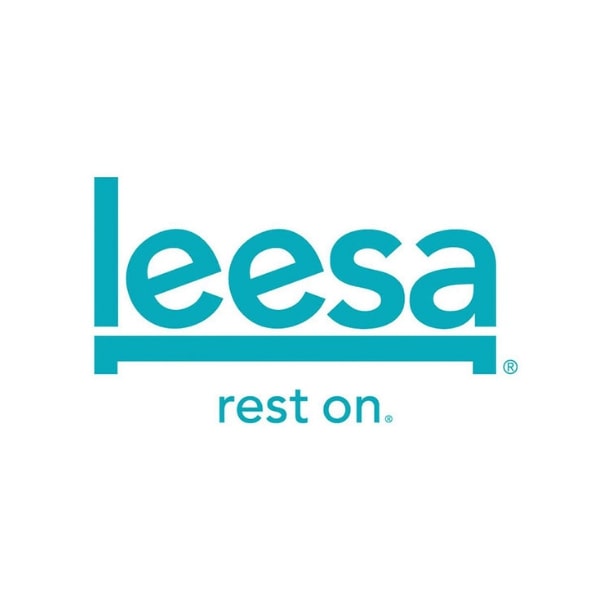
Casper’s largest competitor spent most of its advertising dollars, unsurprisingly, on TV spots. Leesa Sleep faced a relatively crowded market for DTC, shippable mattresses and tried to stand out from the crowd by sheer volume.
They have 26 nationally aired TV campaigns, and their ads have aired over a thousand times in the past thirty days. The ‘A Better Place to Sleep’ campaign takes the tone of a traditional TV ad, positioning both the brand’s product and service, directing viewers to the Leesa website.
Most of the brand’s messaging has actually avoided building up the brand itself, according to CEO David Wolfe. Instead, Leesa Sleep has focused on the consumer need. “You may not get as many leads, you may not get as many likes on Facebook. You may not get as many, as many visitors to your website,” Wolfe told ReEngager in a podcast. “But you’re going to get an incredible conversion rate if you get it right, and it’s going to cost you a lot less.”
23andMe: Under $100 million
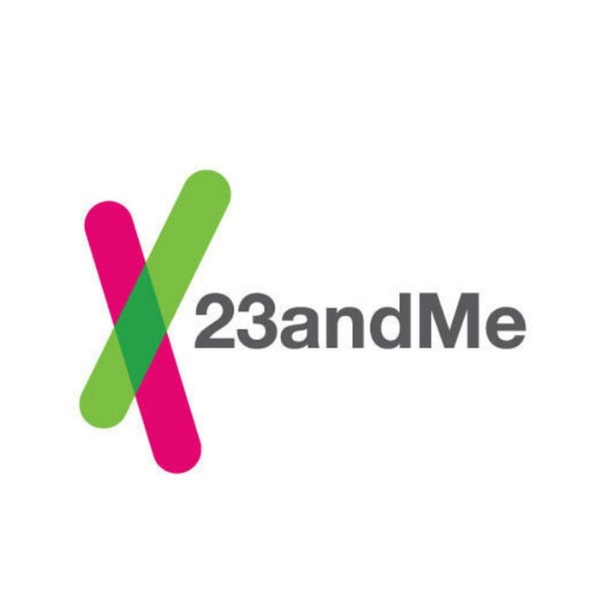
The gene testing company launched its first national TV campaign nearly six years ago, but their ad spending has not slowed.
With its ‘Meet Your Genes’ campaign, 23andMe built on top of its brand awareness as heritage test to offer new value to consumers. The campaign highlights some of the individual ‘personalities’ of our genetic makeup, for a lighthearted take on the ability to test for predisposition to celiac disease, sleep disorders and more.
Stitch Fix: Over $50 million

The only exception to the TV ad spend rule in this cohort, Stitch Fix allocated the majority of its $50 million budget to digital advertising.
But even with most of the ad spend going to digital, the brand didn’t completely buck the trend. More recently, Stitch Fix debuted a 60-second ad ahead of the 2019 Oscars on ABC. The TV spot struck a different note; past ads have primarily been “an explanation of what the brand does,” according to Adrianne Pasquarelli at AdAge. “In contrast, the new campaign is more emotional and designed to build brand love and affinity.”
As consumers become increasingly accustomed to the DTC model, this may become the more popular touch.
